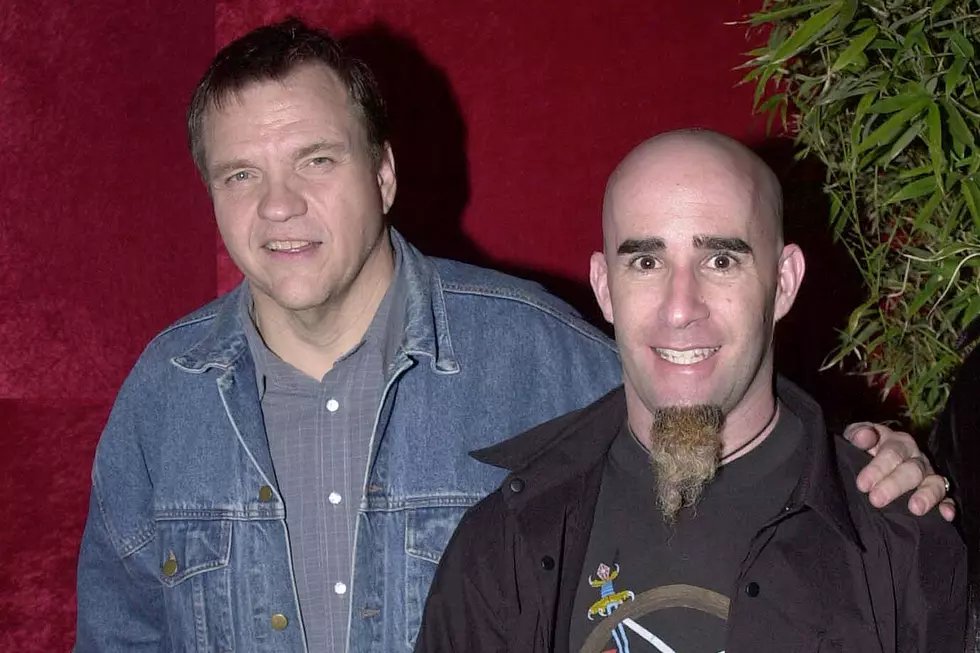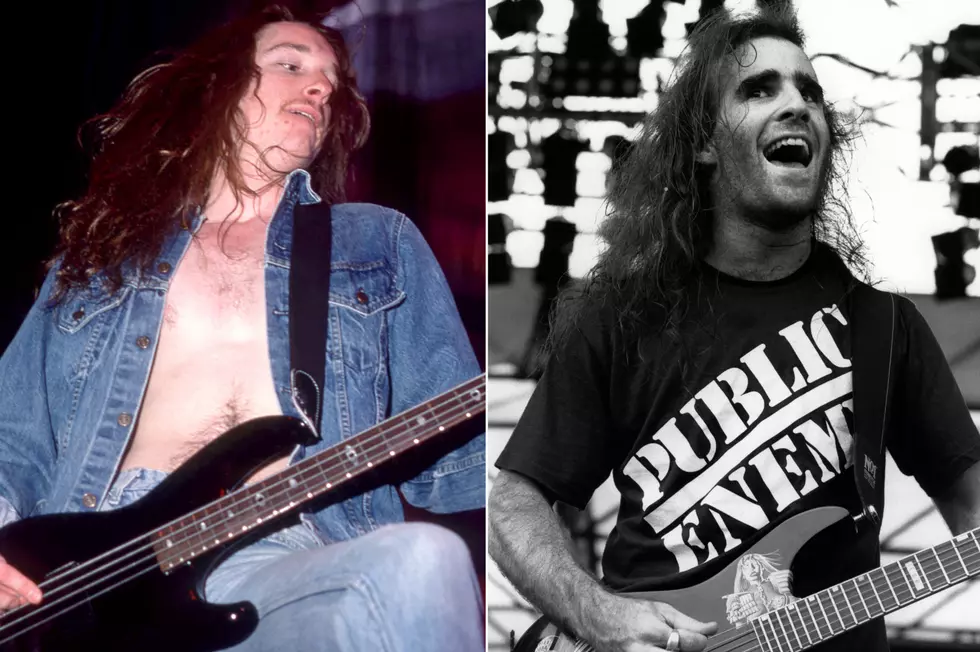
How Anthrax Moved With the Times on ‘Stomp 442’
After falling from commercial grace, heavy metal spent much of the '90s working its way through a serious identity crisis that saw former platinum-selling trendsetters either flirting with, or outright following, alternative-rock trends. This included Anthrax, whose Stomp 442 landed on Oct. 24, 1995.
For Anthrax, these already challenging external conditions were compounded by continued internal instability surrounding the recent dismissal of longtime lead guitarist Dan Spitz. So when recording began on the band’s new album, Spitz’s shoes had to be filled by committee, with riffs and solos contributed by former Slayer roadie Paul Crook, Pantera’s Dimebag Darrell and even Anthrax’s drummer, Charlie Benante.
Furthermore, though the band’s previous album, and first with former Armored Saint frontman John Bush, 1992’s adventurous Sound of White Noise, had been relatively well-received by critics, its sales had not matched prior efforts and its experiments had arguably gained Anthrax fewer fans than it had lost within their loyal thrash contingent.
In any case, the chips were stacked against Anthrax as they got to work on Stomp 442. The group hired the Butcher Bros., who had worked with alternative artists like Urge Overkill and Luscious Jackson, but had no experience in the hard rock or heavy metal realm.
The resulting album signified an even greater break with Anthrax’s pioneering thrash metal past than its predecessor. Songs took shape as either surprisingly straightforward hard rock (on “Fueled” and “King Size”), multiple exercises in rhythmic atonality capped by half-rapped vocals from Bush (on “Random Acts of Senseless Violence,” “Perpetual Motion” and the ironically named “Drop the Ball”), and, perhaps worst of all, a painfully forced Pearl Jam-styled acoustic grunge ballad called “Bare.”
Listen to Anthrax's 'Stomp 442'
What highlights did emerge were limited to the searing guitar swoops of “Riding Shotgun” (one of two cuts to benefit from Dimebag’s fretboard-strangling skills), the rather predictable but still irresistible nihilism of “Nothing,” and the especially memorable, grab-you-by-the-scruff intensity of “In a Zone.” None of these did much to impact Stomp 442’s commercial performance though, which saw the album peak at a disappointing No. 47 on the Billboard 200.
Yet another speed-bump materialized when the album’s cover art, designed by Hipgnosis legend Storm Thorgerson and Peter Curzon (and originally commissioned for Bruce Dickinson’s Balls to Picasso album), was deemed offensive by Walmart and banned it from their racks. Not that this issue alone was to blame for Stomp 442’s poor showing, but it didn't help.
Within months, the band’s still relatively young but already sour relationship with Elektra came to an end, and Anthra accused the label of prioritizing other, trendier grunge acts with their promotional efforts. "It just turned into a terrible situation," guitarist Scott Ian told Billboard in 1998. "It just took two years out of our lives."
Anthrax survived, hooking up with indie Ignition for 1998’s Volume 8: The Threat is Real. But that and the group’s subsequent return to metallic strength only cast a darker shadow over the missteps committed on Stomp 442.
See Anthrax and Other Rockers in the Top 50 Heavy Metal Albums of All Time
More From Ultimate Classic Rock









